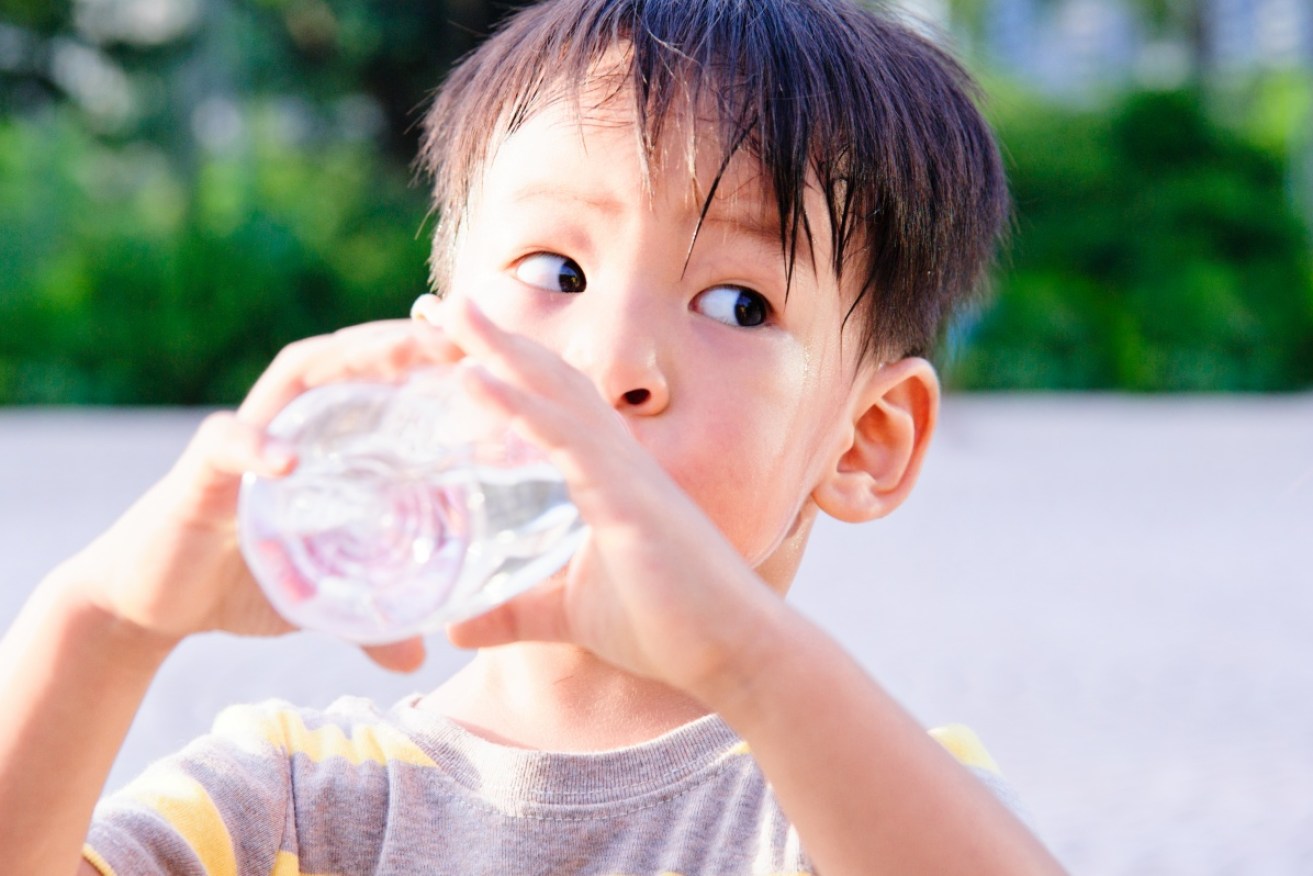Fears of contaminated bottled water spark global investigation


The World Health Organisation is investigating bottled water over plastic contamination. Photo: Getty
When you drink bottled water it is likely you are also swallowing tiny fragments of plastic – in some cases thousands in a single bottle.
More than 90 per cent of bottled water products tested by US scientists were found to contain microplastics – minuscule pieces of plastic.
Microplastic concentrations in one bottle of Nestlé Pure Life were found to be as high as 10,000 plastic pieces per litre of water.
The new evidence of plastic contamination in bottled water has now sparked an investigation by the World Health Organisation into the potential health risks to consumers.
Those drinking a bottle of water every day could be consuming about 56,875 pieces of microplastic in a year from bottled water, according to the study by the State University of New York in Fredonia.
Should you be worried?
Jane Williamson, deputy director of Macquarie University’s Marine Research Centre said that in terms of current research – there is little firm evidence about the impacts of ingested microplastics.
“We know that microplastics accumulate contaminants on their surfaces which can be harmful to fish and humans at high concentrations,” she said.
“My understanding, however, is that we don’t have any direct evidence of what the actual plastic particles can do to us.
“Based on a study we did assessing plastic ingestion with a small animal called a beach hopper, we know that microplastics can accumulate within the body. In beach hoppers this caused weight gain, reduced performance, and even death.
“Humans are clearly very different in physiology to beach hoppers, but it is highly likely that these tiny plastic particles are accumulating in our system as well.
“These may cause a variety of health problems downstream.”
Better filtering of bottled water could help reduce contamination issues but some plastic particles may be small enough to pass through filters, Ms Williamson said.
“I imagine that plastic particles probably shear off the plastic bottles, causing an added increase of microplastics in this water,” she said.
“If we are serious about reducing potentially harmful effects of microplastics in bottled water, we need to ban selling water in plastic bottles.”
Michael Young, the research chair of water and environmental policy at the University of Adelaide, said the research findings, if correct, should extend far beyond bottled water.
“Bottled Coke, Pepsi and orange juice may have all the same health concerns,” he said.
However, CEO of the Australian Beverages Council Geoff Parker said the group stood by its bottled-water members and the safety of their products.
He rejected the study’s findings as irrelevant to the Australian market.
“The Australasian Bottled Water Institute (ABWI), a division of the Australian Beverages Council, takes the safety of its products very seriously,” Mr Parker said.
“The ABWI Model Code, to which all ABWI Members subscribe, requires bottled and packaged water to be of the highest quality [and] members are audited annually.
“The study’s findings do little more than unnecessarily frighten consumers about a product that is an incredibly important part of maintaining a healthy lifestyle.”
The booming bottled water industry in Australia
About 5.3 million people – 27 per cent of the population – drink bottled water in any given week, according to Roy Morgan 2015 data.
About 1000 megalitres of water is bottled in Australia each year, according to ABWI data.
Revenue in the Australian bottled water segment is estimated to be valued at $1.34 billion.
Emily Potter, a bottled-water researcher at Deakin University, said the local industry is booming and continues to grow.
“Soft drink companies are shifting a marketing emphasis from sugary drinks to so called ‘low-calorie’ beverages,” Ms Potter said.
“Bottled water is positioned in that ‘healthy’ option market.
“Bottled water in Australia generally comes from aquifers – the same source as tap water.”
Mr Parker admitted that a “small portion” of the bottled water sold in Australia is imported or is treated municipal water, with the majority sourced from underground springs.
“Bottled water continues to experience strong growth compared to other categories of non-alcoholic beverages, with average per annum growth of approximately 8 per cent,” he said.
“Health conscious consumers enjoy the convenience of bottled water when they’re out and about.”








